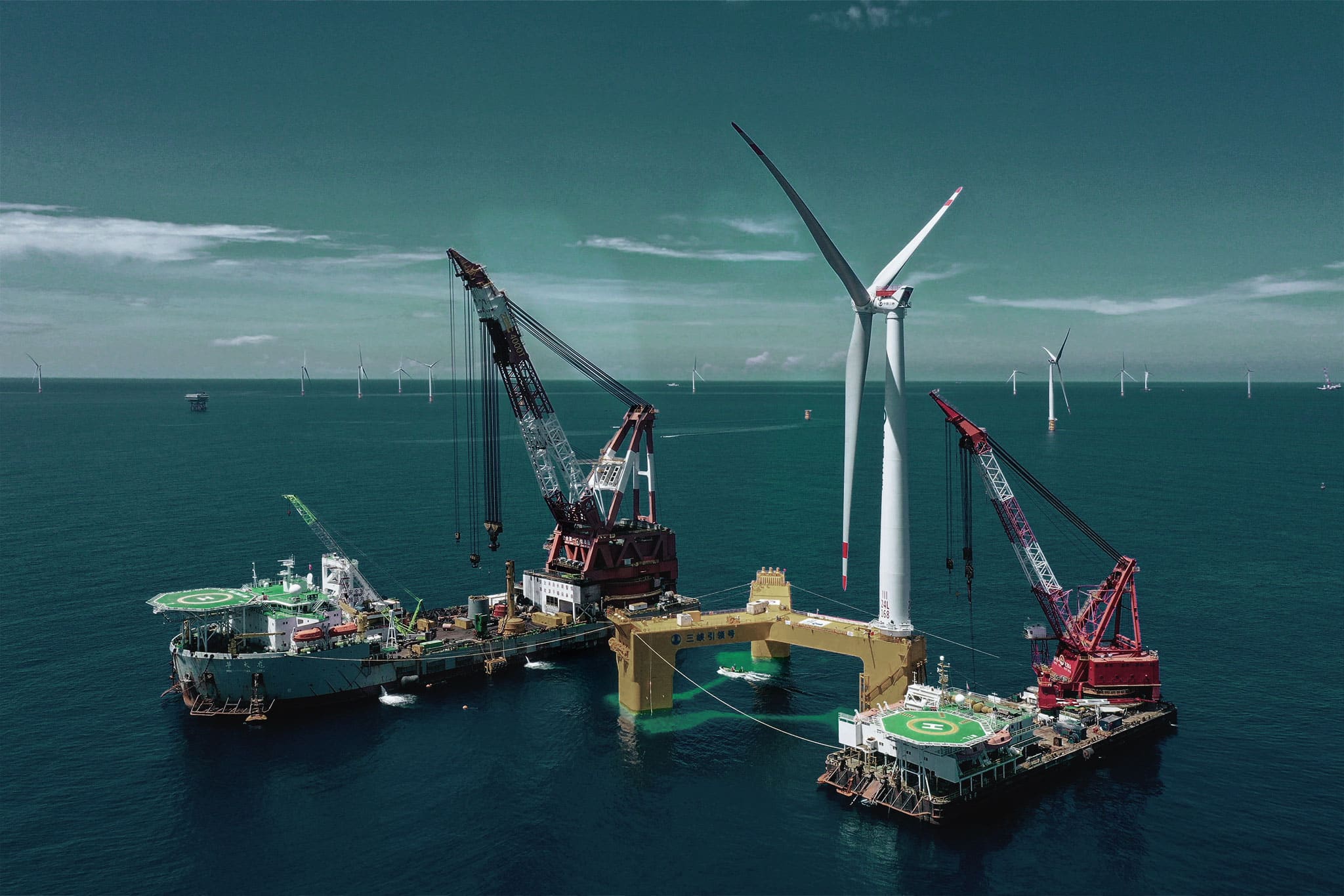According to the 2016 European Innovation Scoreboard, Germany ranks as an innovation and compliance leader in the construction sector based on the country’s overall innovation and expenditure on research and development.
Germany’s innovation performance peaked in 2012 and placed the country’s innovation performance 28% above the overall average in the EU. This figure dropped to 21% in 2015 but the country still remains to be one of the top performing countries when it comes to Firm Investments and Innovators.
Construction research spending
Between 2009 and 2014, Germany’s business enterprise R&D expenditure (BERD) for its broad construction sector exhibited positive trends across all sub-sectors. BERD spending in construction and real estate totaled to 80 million and 0.7 million euros in 2014, correspondingly. Since 2008, R&D spending in the construction sub-sector has grown by 43.9% (at 55.6 million euros) while R&D in the real estate sub-sector, spending has increased by 17% since 2009.
![]()
Germany’s construction growth over the past decade is mainly because of the federal government’s promotion of construction research projects and research initiatives focused on climate change solutions.
Energy-optimised construction (EnOB)
In 2014, the Federal Ministry of Economics and Technology launched a construction research project initiative which allocated a budget of 23.7 million euros to five research areas:
- EnBau (Energy-Optimised New Buildings) which involves the planning and building of offices, public and commercial spaces and buildings with minimal energy requirements.
- EnSan (Energy-Oriented Refurbishment) which entails testing of innovative refurbishment materials and technologies.
- EnBop (Energy-Oriented Operation Optimisation) which focuses on optimising the building performance of traditional and innovative non-residential construction projects through innovative tools and services.
- LowEx (Low-Energy Technologies) which involves the use of innovative systems for building and energy supply and also of renewable sources like solar energy.
- ViBau (Vacuum Insulation in the Building Trade) which includes the incorporation of highly efficient vacuum insulation panels (VIP) in construction projects, etc.
Another research initiative by the German government is called the “Future of Building”, which is a collaboration of the Federal Ministry of Environment, Nature Conservation, Building (BMUB), and Nuclear Safety with Fraunhofer IRB. It’s a construction initiative that’s focused on solutions related to climate change, as well as mobility and demographic change.
An institutional funding of 4.3 million euros has been granted by the Federal Ministry of Education and Research to the Karlsruhe Institute of Technology for the development and marketing of Celitement®, an environmentally sustainable cement. The Karlsruhe Institute of Technology is receiving 232 million euros of government funding per year for other innovation projects including a long-term maintenance of key infrastructure (prevention in construction).
The current digitisation of the general construction sector is also stimulating innovation. The Federal Ministry of Transport and Digital Infrastructure supports the use of BIM for the whole planning, construction, and operation chain in the industry. In addition to a national step of BIM implementation which was presented in 2015, a new standard of using BIM for transport infrastructure projects will be in place by 2020, including other public works.
To add to the efforts of the government, an industry alliance called “Planen Und Bauen 4.0 GmbH” is also supporting the construction sector’s digitisation.
Policy schemes
Germany’s construction sector is currently being shaped by the Ministry for Economic Affairs and Energy and the Federal Ministry of Transport and Digital Industry at the national level. The Energiewende is the country’s largest post-war infrastructure project that’s heavily impacting the construction industry through modern regulations for new and old buildings alike.
The recent regulations are in effect due to the challenging goal of reducing the country’s heating requirements to achieve a near carbon neutral building stock by 2050.
Since 2006, the Länder has been completely responsible for implementing social housing programs (which vary considerably in focus and size) and has lead different local activities that impact the construction sector (such as vocational trainings and regional financing schemes).
The housing construction campaign
Besides the regional policies, the federal states also enact several measures directed at reducing housing costs and the lack of housing. The Housing Construction Campaign (Wohnbauoffensive) was introduced by the BMUB as an inclusive standard package directed at solving housing shortages and the rise of house and property prices.
The ten-point program deals with discounted property rates, building incentives, streamlining of construction planning law and assistance to low-cost housing. This initiative is effected with the Alliance for Affordable Housing and Building, a BMUB cooperation launched in 2014 that brought together central construction stakeholders to address the challenge of surging housing prices.
Law on housing allowance
Germany also has a well-established practice of providing a housing allowance to low-income families in order to help out with rent payment. This policy can be found in the Law on Housing Allowance (Wohngeldgesetz). In 2016, the allowance payout was increased and ranges from 300 to 1000 euros depending on the size of the household, the cost of rent and the overall household income.
Housing cooperatives play a huge role in allocating social housing and affordable rents. In 2017, the Ministry will start supporting housing cooperatives with 1.5 billion euros for the building and construction of social housing, which would be a three-fold increase compared to 2015.
Insurance and liability regulations
Regulatory and legal standards are defined partly by federal laws and to a large degree by the individual Länder. The Civil Code (BGB – Bürgerliches Gesetzbuch) provides for regulations dealing with liabilities such as injuries inflicted to third parties, breach of statutory provisions and liability for damages caused by subcontractors or agents and liability of specific construction parties (architects, engineers, building contractors) for construction defects.
The Civil Code sets a regular three-year limitation period but sets a two-year limitation period for construction related to manufacturing, maintenance or alteration of a moveable asset, and five years for construction related to works resulting in the manufacture, maintenance or alteration of a building.
For insurance, a contractor can secure the liability insurance (Haftpflichtversicherung), or the all risks insurance (Bauleistungsversicherung) for works in progress, which includes coverage for damage and theft. The advance building insurance (Gebäudeversicherung) also covers natural disasters.
Building regulations
Germany’s public construction laws are divided between the federal and state governments. Zoning law (Bauplanungsrecht) falls under federal and determines for which purpose the property may be used and whether a construction project fits into its surroundings. Federal states are responsible for building regulations (Bauordnungsrecht) that determine how buildings can be designed and built in order to meet planning law requirements.
The Model Building Code
The Model Building Code (Musterbauordnung) is a federal code that offers a prototype for each state to issue its own building regulations. To obtain a building permit (Baugenehmigung), a construction project must comply with all planning and building regulations and all other relevant regulations. For example, the Energy Performance Certificate (EnEV-Ausweis) is compulsory in order to obtain a building permit, based on the Energy Saving Act and Energy Saving Ordinance (Energieeinspargesetz and Energieeinsparverordnung).
Contractual provisions
Federal contracting rules like the Standard Rules of Contracting and Execution of Construction Works (Vergabe und Vertragsordnung fur Bauleistungen – VOB) complement legal frameworks. These standard rules are mandatory to procure public works and are also used in private building projects. Contractual provisions also define liabilities between shareholders in a construction project.
Consumer rights
German consumer rights in purchasing a property are protected by the Makler-und Bautragerverordnung (MaBV) law. This law sets the maximum proportion of purchase price that a customer must pay during the development stages of the property. If any kind of danger arises from the failure to observe respective rules during design, supervision or execution of building works, the German Penal Code (Strafgesetzbuch, STGB) may apply.
Each state issues a list of acknowledged technical rules for works (Liste der Technische Baubestimmungen), with reference to standards of the German Institute for Standardisation (Deutsches Institut für Normung, DIN) for the planning, design and building of construction works and their parts. DIBt (Deutsches Institut für Bautechnik) is responsible for the development of the list on behalf of the Länder. Therewith, the German DIN standards have official status and are mandatory for building projects and for the production of building products, building elements and construction systems.
For an overall view of the construction sector, read how embracing new ideas can be the solution to poor delivery in construction. To learn more how you can reach your construction management goals and direct your team towards a more efficient process, download this free ebook.



